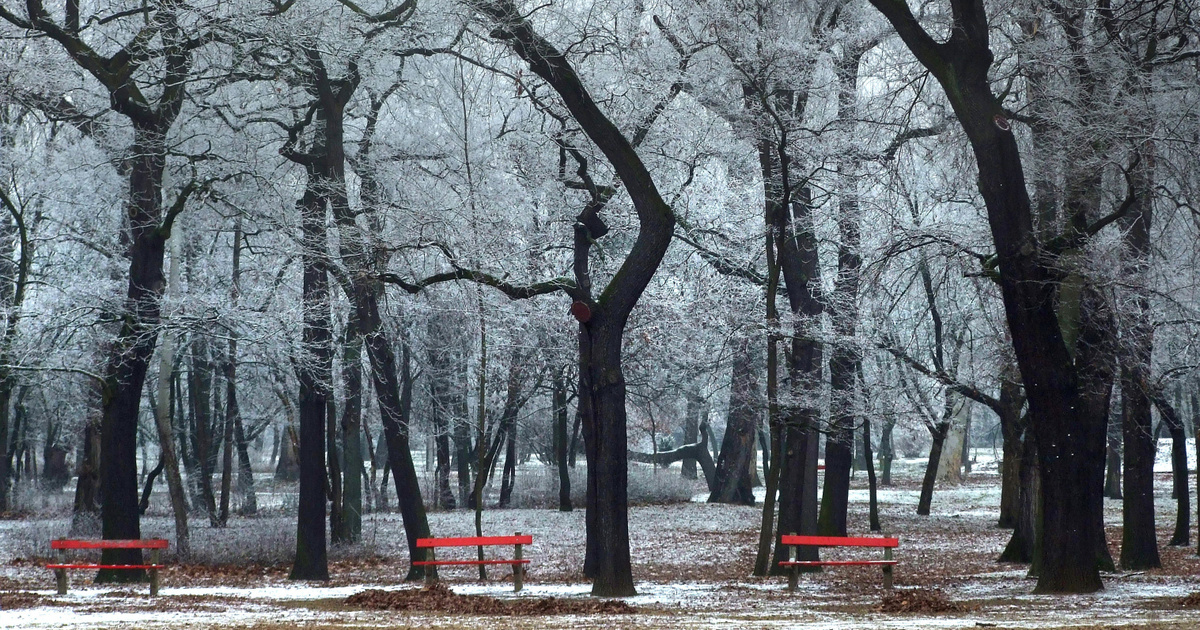Halloween, for example, saw the spirits of the dead, dressed as zombies, half scary creatures, and harming half creatures. On Luca’s day, witches wrestled with each other and ran home under their moon with Lucas’ five-pronged chair since the fact that until the reform of Gregory’s calendar (1582), December 13 was the shortest day of the year.
Luca raised many folk customs. Among them is a tradition that rivals synoptic meteorology, emphasizing long-term weather forecasts and working with empirical methods. To do this, they grab six large heads of onions, cut them in half, take out the middle, and sprinkle salt inside. Depending on the amount of juice released in each half of the onion, a conclusion was made about the precipitation for the months of the following year.
But there is also an extended methodology: from Lucca until Christmas, the weather on each of the twelve days is carefully observed and recorded, and a forecast is made so that the temperature and precipitation on that day are similar to the temperature and precipitation on that day. in the following month.
January is Luca’s day. From December 14 to February, and so on until December 24, which (now) applies to December 2022. If it’s colder than usual on Luca’s day, for example, severe frosts, wolf hail is expected in January as well. If it rains on Luca’s day, we will have snow in January.
Many swore by it, witnessed it, and believed that the prophecy would succeed. There is every chance for that. Theoretically, there is nothing to exclude the possibility of such a close connection, since we are far from knowing unpredictably complex natural systems in all the details.
The index also looked at National Weather Servicet of data. We observed the weather for twelve days from Lucca to Christmas, and inferred the weather in the months of the following year.
The average temperature and precipitation anomaly (deviation from the mean) between 2019 and 2021 has been compared by comparing the daily anomaly for 2019 and 2020 with the monthly anomaly for 2020 and 2021. Needless to say, this is a pretty bold comparison, but since this It is the subject of people’s prophecy…
Here are the links:

Lucca days temperatures, temperatures and precipitation data for the following year (deviations from average daily and monthly values). Orange: Luca Days, Blue: Next year’s months
Either way, not much consistency can be detected in the weather. In fact! The data is very diverse in recent years. Of course it could be the thirteenth Friday He was throwing a shovel at him, but it all sounds like an interesting but ill-advised superstition.
(Cover photo: Hoarfrost trees in Népliget National Park on a cold, foggy winter’s day in 2020. Photo: Csaba Jászai/MTI)






